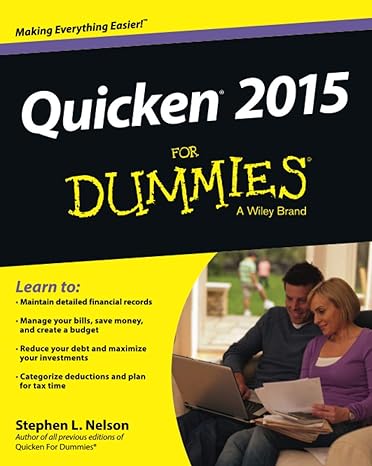b-1. Compute the misclassification rate, accuracy rate, sensitivty, precision, and specificity of the classification model for the cutorf value of 0.25 . Note: Round your final answers to 2 decimal places. b-2. Compute the misclassification rate, accuracy rate, sensitivity. precision, and specificity of the classification miodel foc the cutoff value of 0.50 Note: Pound your finat answers to 2 decimal places. b-3. Compute the misclassification rate; accurecy rate, sensievary preciuion, and specificty of the dossifcation model for the cutart value of 075 Note: Round your final answers to 2 decimal places. A nitional benk has developed a predictive model for identifying cuntomers who are more likely to accept a credit cord offec, if a customet is predicted to accept the credit card offec, he or she is classified into Class t, otherwise, he or she is classited into Class a The model is used to make predictions on a sample of 100 customers in the validation data sec. The accompanylag data file includes the customer sample, their actual class membership, and predicted Class 1 probability. Sick herefor be Excel Datafile 2. 2 Specify the predicted class mombership for the valdation dats set using the cutelf volve of 0.25 . Produce a contusion matrix. a-3. Specily the predicted class memberihip for the validation data set using the cutof value al 035 . Produce a confusian matri. c-2. Create a decile-wise lift chart for the classification model. What is the lift value of the first decile? d. What is the lift that the classification model provides if 20% of the observations are selected by the model compared to randomly selecting 20% of the observations? Note: Round your final answer to 2 decimal places. e. What is the lift that the classification model provides if 50% of the observations are selected by the model compared to randomly selecting 50% of the observations? Note: Round your final answer to 2 decimal places. b-3. Compute the misclassification rate, occuracy rate, sensitivity, precision, and specificity of the classificabion model for the cutolf value of 075 . Note: Round your final answers to 2 decimal places. c-1. Create a cumulative lif chart for the classification model. At 60 cases, what is the cumulative response using the sorted predicted values? 2. Create a decile-wse in chart for the classification model. What is the in value of the first decile? d. What is the if that the classification model provides if 20K of the observations are selected by the model compared to randomly selecting 20x of the observations? Note: Round your final answer to 2 decimal places. b-1. Compute the misclassification rate, accuracy rate, sensitivty, precision, and specificity of the classification model for the cutorf value of 0.25 . Note: Round your final answers to 2 decimal places. b-2. Compute the misclassification rate, accuracy rate, sensitivity. precision, and specificity of the classification miodel foc the cutoff value of 0.50 Note: Pound your finat answers to 2 decimal places. b-3. Compute the misclassification rate; accurecy rate, sensievary preciuion, and specificty of the dossifcation model for the cutart value of 075 Note: Round your final answers to 2 decimal places. A nitional benk has developed a predictive model for identifying cuntomers who are more likely to accept a credit cord offec, if a customet is predicted to accept the credit card offec, he or she is classified into Class t, otherwise, he or she is classited into Class a The model is used to make predictions on a sample of 100 customers in the validation data sec. The accompanylag data file includes the customer sample, their actual class membership, and predicted Class 1 probability. Sick herefor be Excel Datafile 2. 2 Specify the predicted class mombership for the valdation dats set using the cutelf volve of 0.25 . Produce a contusion matrix. a-3. Specily the predicted class memberihip for the validation data set using the cutof value al 035 . Produce a confusian matri. c-2. Create a decile-wise lift chart for the classification model. What is the lift value of the first decile? d. What is the lift that the classification model provides if 20% of the observations are selected by the model compared to randomly selecting 20% of the observations? Note: Round your final answer to 2 decimal places. e. What is the lift that the classification model provides if 50% of the observations are selected by the model compared to randomly selecting 50% of the observations? Note: Round your final answer to 2 decimal places. b-3. Compute the misclassification rate, occuracy rate, sensitivity, precision, and specificity of the classificabion model for the cutolf value of 075 . Note: Round your final answers to 2 decimal places. c-1. Create a cumulative lif chart for the classification model. At 60 cases, what is the cumulative response using the sorted predicted values? 2. Create a decile-wse in chart for the classification model. What is the in value of the first decile? d. What is the if that the classification model provides if 20K of the observations are selected by the model compared to randomly selecting 20x of the observations? Note: Round your final answer to 2 decimal places













